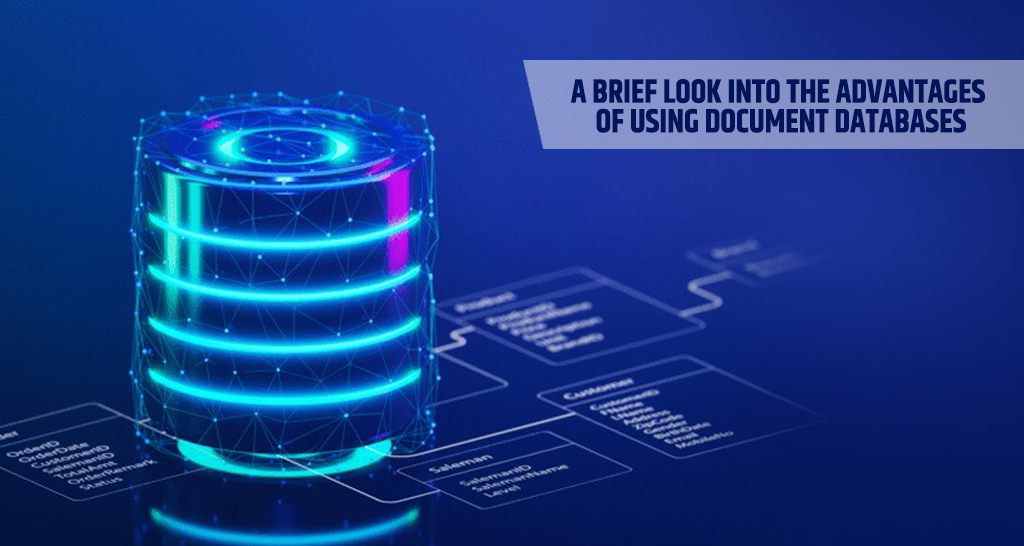A document database is a type of NoSQL database that offers a flexible and intuitive way to store and query data.
While relational, table-based databases have long been the norm for developers, document databases are becoming more and more common because they offer a number of advantages over conventional data storage solutions.
If you find you’re often having to puzzle over complex or convoluted workarounds to address the restrictions of the relational databases, a document database could be the solution you’ve been looking for for your application or program.
Whether you’re digitizing a large number of analog records, or building the next great social media marketing app, read on to discover how document databases can help!
Flexible schema
Whereas relational databases store information in tables with fixed, headed columns, document databases store information in documents. Typically each document holds information about one object and its related metadata.
Documents store data in field-value pairs, but the values can be of a variety of types – strings, numbers, dates, arrays, or objects.
Documents are grouped together in “collections” but not all documents in a collection need to have the same fields. That’s because documents have a flexible schema and this is one of the key advantages of a document database.
This flexible schema makes document databases as a whole much more flexible, and avoids the complications of having to translate information about an object into a fixed schema, as well as the need to define a schema for a table.
However, some document databases do still provide schema validation, so you have the option to lock the schema down when it’s required.
Intuitive structure
Documents allow you to store data about objects in an intuitive fashion that maps to the objects in code.
Whereas working with relational databases typically involves decomposing data about an object across a table, integrating a separate Object Relational Mapping layer, or running joins that can get expensive, document databases are far more natural to work with.
Documents can be stored in a number of formats including JSON, BSON, and XML, but the ubiquity of JSON as the established standard for data interchange and storage is another strength of document databases. JSON documents are language-independent and human readable.
Because documents are a superset of all other data models, they can handle data formatted in other ways well. So developers can structure data in as rich objects, key-value pairs, tables, the nodes or edges of a graph, geospatially, in a time-series – however your application needs – and still enjoy the advantages of a document database.
Potential for horizontal scaling
Thanks to document databases’ flexible schema, the potential for horizontal scaling is much greater than working with relational databases.
This can add a degree of future proofing to your application, as well as making them more versatile. When building your application, you may be aware that information requirements will change over time, or you might know exactly what the requirements will be over time.
Because not all documents in a collection need to have the same field-value pairs, and because they store data in a much more intuitive way, documents allow you to add additional metadata as time goes on.
So if some objects require more information than others, or if you want to allow for changes in use in the future, document databases are a great place to start without having to comprehensively define the data storage requirements from the outset.
While relational databases offer robust and familiar solutions to many development challenges, the versatility and flexibility of document databases not only offer a more natural way of working with data, but also a means of short-circuiting a lot of time-consuming development work.

